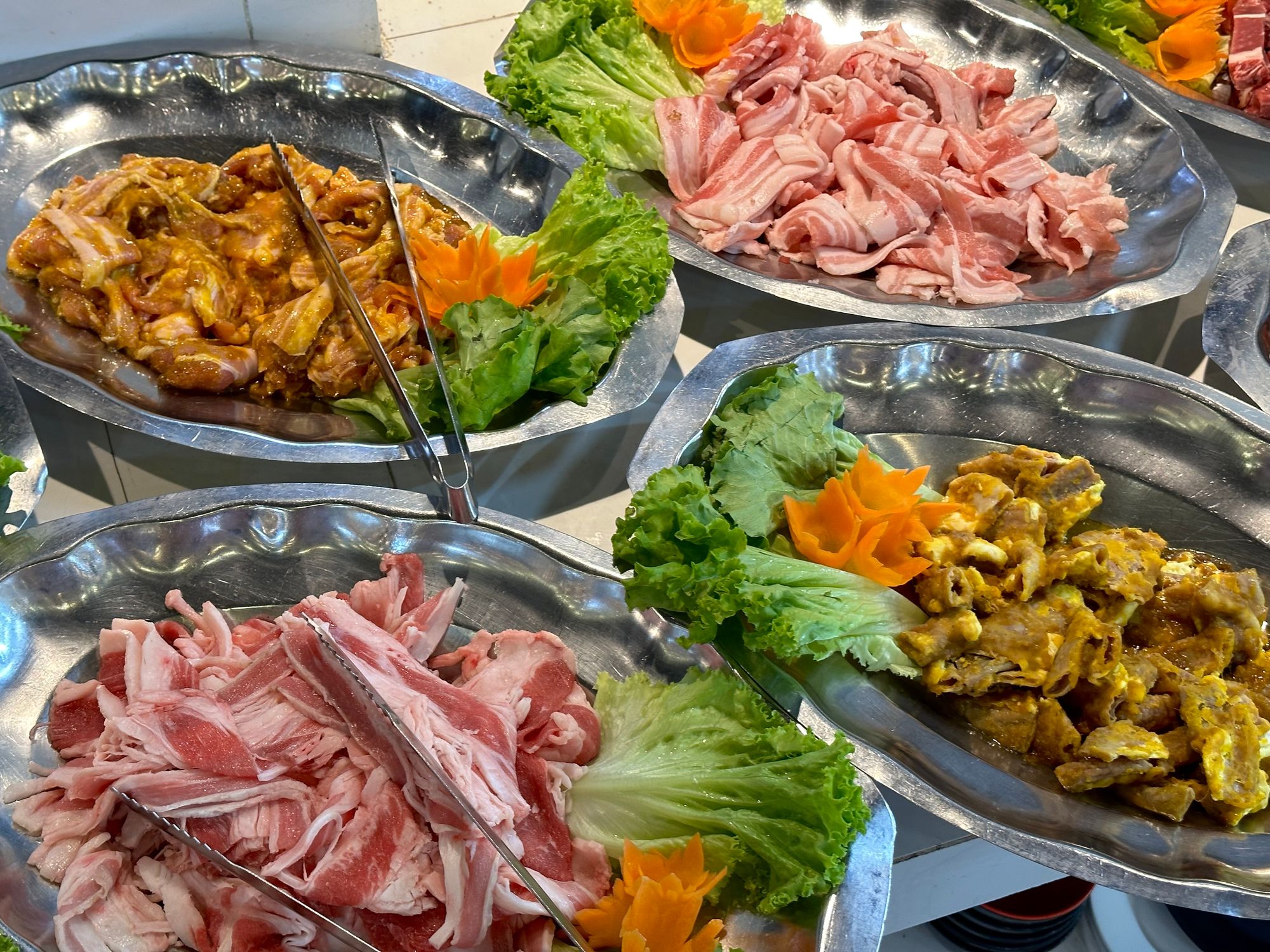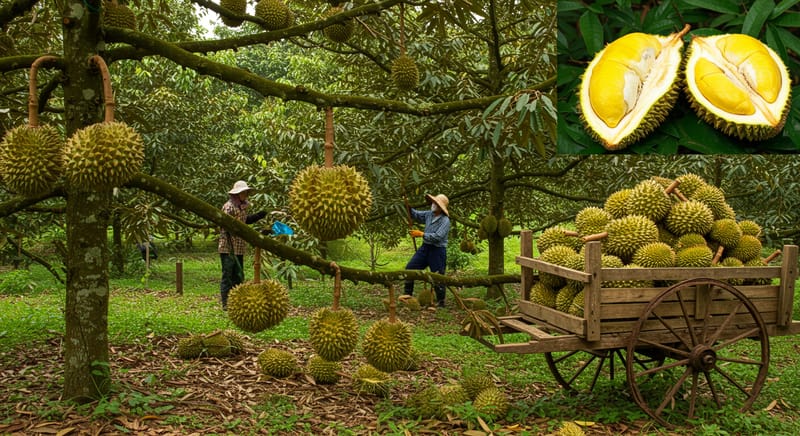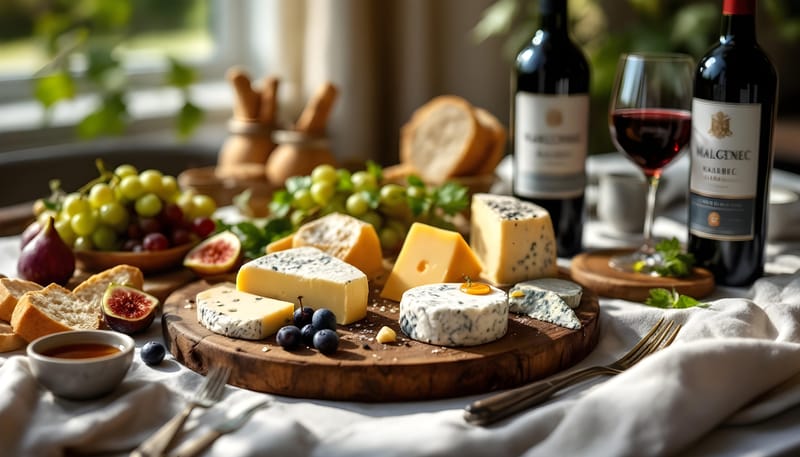What Vietnamese Don't Eat: Beyond the Myth of "Eating Everything That Moves"
It's often said that Vietnamese cuisine is one of the richest and most diverse in the world, offering a stunning array of flavors, textures, and aromas that appeal to all senses. With its extensive coastline, fertile plains, and hilly terrains, Vietnam is endowed with an abundance of natural

It's often said that Vietnamese cuisine is one of the richest and most diverse in the world, offering a stunning array of flavors, textures, and aromas that appeal to all senses. With its extensive coastline, fertile plains, and hilly terrains, Vietnam is endowed with an abundance of natural resources. This, combined with the nation's long history of trade and cultural exchange, has given rise to a culinary tradition that can be surprising, even shocking, to outsiders.
When traveling through Vietnam, many visitors remark, somewhat in jest, that it seems like Vietnamese eat "everything that moves." But is this really the case? Let's delve deeper into the nation's rich culinary landscape and bust some myths along the way.
An Array of Proteins
At first glance, the range of proteins available and consumed in Vietnam is indeed vast. From common livestock like chicken, pork, and beef to a wide array of seafood and even some more exotic choices, the Vietnamese diet is protein-rich.
The country's extensive coastline, dotted with fishing villages, ensures that seafood is not only abundant but also incredibly fresh. From shrimp, crabs, and clams to various fish types, the marine bounty plays a starring role in Vietnamese dishes.
In the Mekong Delta, where waterways dominate the landscape, freshwater fish and other aquatic creatures like eels and frogs are dietary staples. Here, snakehead fish soup, crispy fried frog legs, and eel hotpot are all popular dishes that visitors might encounter.
But what about the more exotic? It's true; in some parts of Vietnam, turtle is consumed. Turtles, especially soft-shell ones, are used in traditional dishes that are often considered a delicacy. However, it's essential to note that the consumption of endangered turtle species is illegal, though sadly, enforcement can sometimes be lax.
Debunking Myths
While it might appear at first that there's nothing off the menu in Vietnam, this isn't entirely true. Like every culture, there are taboos and preferences.
For example, most Vietnamese would balk at the idea of eating pets, especially dogs and cats, despite the media sometimes portraying it as common. In truth, while dog meat is consumed in certain parts of Vietnam, it's not mainstream and is becoming even less popular, especially among the younger generation.
Insects, which are delicacies in some Southeast Asian countries, aren't particularly popular in Vietnam. Apart from a few exceptions like silkworms or crickets in some regions, you won't find many insects on Vietnamese menus.
Respect for Life and Sustainability
A significant aspect of Vietnamese culinary culture is the respect for life and sustainability. Overfishing and overhunting are concerns, and there's a growing awareness about the need for conservation. Consuming rare or endangered species is not only frowned upon but also illegal.
Modern Tendencies and Global Influences
As Vietnam becomes more globally connected, dietary preferences are shifting. The younger generation, exposed to international cuisines and more aware of global sustainability and animal rights issues, is making different choices. Veganism and vegetarianism are on the rise, and there are numerous vegetarian restaurants popping up, even in smaller towns.
Moreover, as pet ownership increases, attitudes towards eating pets are changing rapidly. Many young Vietnamese are staunchly against the consumption of dog meat, associating dogs more as companions than food.
Conclusion
Vietnamese cuisine is undoubtedly diverse and rich, offering a vast range of flavors and dishes that can sometimes surprise the uninitiated. While it might seem like "everything that moves" is on the menu, the reality is more nuanced. As with any culture, there are taboos, preferences, and evolving attitudes, especially in a rapidly changing and globally connected Vietnam. As always, the key is to approach with an open mind, ask questions, and savor the incredible culinary journey that Vietnam offers.




